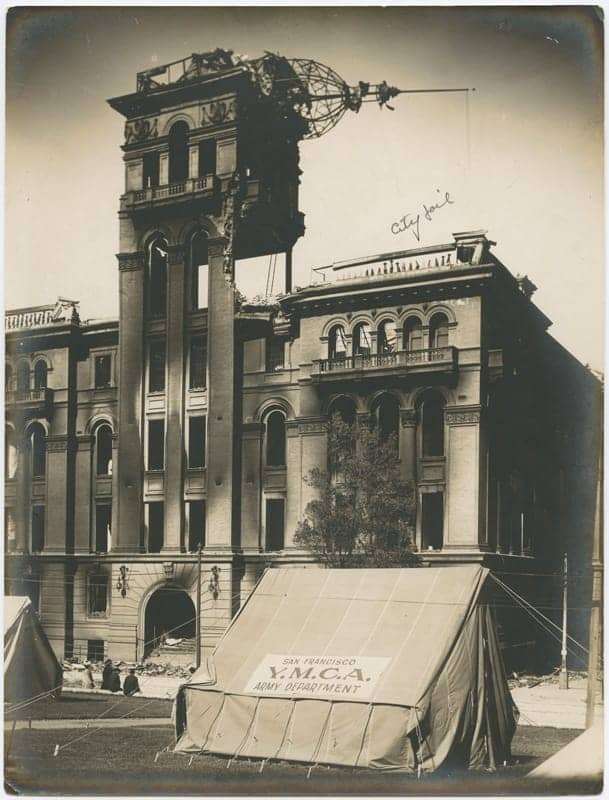
by Jeremy Miller
We write today in response to Annika Hom’s article of May 6, 2022, in Mission Local, entitled, “Chaos erupts as judge delays hearing of officer accused of killing Keita O’Neil.” This article does a disservice to the public, as it grossly misrepresents the actions of individuals and potentially is even factually fraught. It also completely distorts and distracts from the main significance of events.
The article purports to report on a court hearing concerning a continuation request by the defense team of former SFPD officer Christopher Samayoa, the person charged in the slaying of Keita “Icky” O’Neil, on Dec. 1, 2017. At said hearing, Judge Russell S. Roeca made the controversial decision after hearing arguments to grant a continuance in the matter from May 9, 2022, to July 14, 2022, thereby calendaring the pretrial hearing after the recall election of District Attorney Chesa Boudin. This is certainly newsworthy as it smacks of judicial activism or lawfare on the part of the judge and portends the possible derailment of what is believed to be the first homicide prosecution of a law enforcement officer in San Francisco history.
However, instead of digging into the many facets of public interest implicated here, Ms. Hom decided to focus on a small amount of heartbroken frustration and restive speech, embellishing to present the spectacle of “chaos in court,” a counterfactual that makes for a nice lurid headline but could potentially negatively impact the prosecution’s case.
To begin, let’s address the “chaos” in the title. The Oxford English Dictionary defines chaos as “Behavior so unpredictable as to appear random, owing to great sensitivity to small changes in conditions.” Merriam Webster’s definition focuses on disorientation, defining it as “A state of utter confusion” or “a confused mass or mixture.”
What precisely is unpredictable or random about vocalized discontent from relatives of victims of police assassination and other concerned residents in the face of a decision that clearly preferences a killer cop over their own families and access to judicial remedy? When this exercise of free speech is rebutted by law enforcement sworn to uphold an ossified and at times absurd sense of courtroom decorum, is anyone really confused as to what is happening or why?
Moving along, Ms. Hom asserts in the second sentence, “The hearing was delayed until July, a decision that caused outrage among O’Neil’s supporters, who were thrown out of court for the outburst.” There are two major problems with this construction. The first is the assertion that anyone was thrown out of court. Several people present have historically been physically removed from buildings before by sheriffs while defending constitutional and/or human rights. This was not that. Every single individual left the courtroom by their own volition without coercion, notwithstanding a little bit of belligerent speech.
Secondly, the reference to “O’Neil’s supporters,” though potentially an accurate characterization, evinces an assumption that everyone who left was a “supporter,” linguistically foreclosing both the possibility that people who were merely concerned with due process or an end to police impunity for lethal behavior might also react to such a clearly political decision from the court, or that others with an occupational interest, say reporters or advocates, might have been present in this mix.
People who were merely concerned with due process or an end to police impunity for lethal behavior might also react [angrily] to such a clearly political decision from the court.
Next, in the seventh paragraph, Ms. Hom asserts, “The San Francisco Board of Supervisors granted O’Neil’s mother a $2.5 million settlement.” The BOS didn’t grant a damn thing! There was no gift or prospective project that the City was pursuing. They approved a settlement to end litigation from an aggrieved mother who had to bury her son behind the illegitimate action of one of their agents.
In the subsequent paragraph, Ms. Hom, in attempting to elucidate the primary argument of Mr. Samayoa’s defense team for delaying the trial writes, “[Sgt. Mark] Hutchings allegedly took a statement from a witness that O’Neil’s state of mind was skewed from ‘smoking crack’ that [defense attorney Julia] Fox felt was important to the case.” Two things here. First, we were in that courtroom and remember the dubious assertion that there was some alleged witness statement taken by the sergeant referencing altered state or substance abuse. We do not remember ever hearing crack cocaine.
The inclusion of this detail is significant whether or not it occurred. If crack cocaine was not specified by the defense attorney, then it could represent a projection from Ms. Hom that implicates well-known negative racialized stereotypes about the use and abuse of this particular substance. If it was stated and we just missed it, it still begs the question of relevance.
It is hard to conceive of a way that such a witness statement could be anything other than hearsay, the basic argument being something along the lines of, “We can’t go to trial because we require the testimony of a cop who talked to someone who said that the deceased smoked crack.” What kind of nonsense is this? Why should this delay a trial date?
Also, what the hell does that have to do with the shooting of an unarmed man who was moving away from the police? If such an argument was so frail – and frankly shit-eating – coming from the defense attorney, what possible purpose could it serve published here outside of unnecessarily impugning the deceased in the name of a juicy detail?
Returning to the main thesis, that of the “chaos in court,” Ms. Hom describes a verbal joust between a “young man” and a deputy, with women coming to the young man’s defense. As she describes, “Green and another woman seated in the row ahead began calling to the deputy, telling him to bother them instead of the young man.”
Ms. Hom later adds, “One woman in the front said, ‘You are evil. Evil. Evil!’” Why did Ms. Hom not include the little detail that this woman, the same person in both vignettes, was Gwen Woods, the mother of Mario Woods, killed by SFPD exactly one day shy of two years prior to Keita O’Neil? This omission sucks the emotional integrity and moral agency out of the comments, rendering them just another example of these chaotic “supporters.”
This kind of sloppy reporting, outside of making a clownish caricature of legitimate civic grievance, hazards two very real consequences. First, if there is a widespread public understanding of those who wish to see this prosecution carried through and/or support the family of Mr. O’ Neil as chaotic hooligans, then this can be used both as a character assault on Mr. O’Neil by way of sympathy, as well as a ready made excuse for the judge to refuse public access to the courtroom. Both of these would potentially damage the prosecution.
We are at a political inflection point between this prosecution and the recall election, the outcomes of which could significantly determine the future of justice, or lack thereof, in San Francisco.
Perhaps more significantly though, we are at a political inflection point between this prosecution and the recall election, the outcomes of which could significantly determine the future of justice, or lack thereof, in San Francisco. To waste so much time on an overly dramatized rendition of one court date to the detriment of this key point is an abdication of the journalistic duty to “educate the public about events and issues and how they affect their lives.”
Samayoa must be prosecuted regardless of who runs the district attorney’s office this July. Anything short of this will represent a profound betrayal of the people of San Francisco and leave the future of the “city by the bay” quite grim indeed.
Investigative reporter Jeremy Miller is co-director of the Idriss Stelley Foundation, part of the POOR Magazine family, organizer with the Black Alliance for Peace and a graduate of San Francisco State University. He can be reached at djasik87.9@gmail.com.





